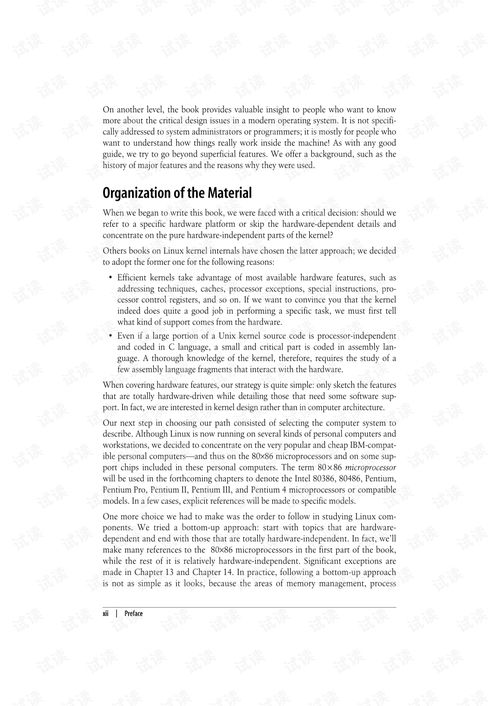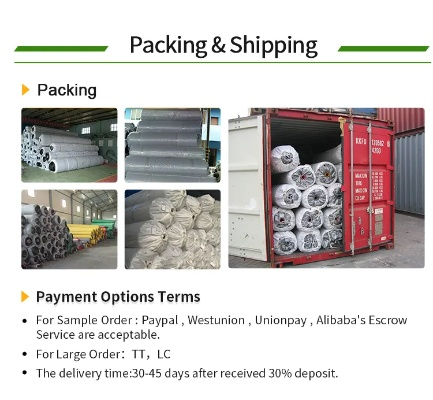Understanding the Standards for Textile Quality Testing
: Understanding the Standards for Textile Quality Testing,Textile quality testing is a crucial aspect of ensuring the safety, durability, and aesthetic appeal of clothing products. The standards for textile quality testing serve as a benchmark for manufacturers to meet regulatory requirements and consumer expectations. These standards typically include various tests such as strength, colorfastness, shrinkage, and water absorption. ,Strength testing measures the resistance of fabrics to tearing and wear, while colorfastness tests evaluate how well fabrics retain their color under different conditions. Shrinkage and water absorption tests assess the fabric's ability to contract and absorb moisture, respectively. These tests help manufacturers identify potential issues with fabric quality and take corrective measures before final production.,In addition to these standardized tests, there may also be local or industry-specific requirements that vary from country to country. For example, some countries may require additional tests for flame resistance or pest resistance. It is essential for manufacturers to comply with all applicable standards and regulations to ensure the quality and safety of their products.,Overall, understanding the standards for textile quality testing is critical for manufacturers who want to produce high-quality clothing products that meet consumer expectations and regulatory requirements.
Introduction: Textile products are an integral part of our daily lives, from clothing to furnishings. They are used in a wide range of applications, including sportswear, leisure wear, and industrial use. The quality of these products is crucial for their functionality, durability, and safety. Therefore, it is essential to ensure that textile products meet specific quality standards before they can be sold or used. In this article, we will discuss the different types of textile quality testing and their significance in ensuring product safety and compliance with industry regulations.
Types of Textile Quality Testing:

-
Material Testing: This involves examining the physical properties of the fabric, such as its weight, thickness, and density. It also includes tests for colorfastness, shrinkage, and wrinkle resistance. These tests help determine whether the fabric meets the required specifications for its intended use.
-
Chemical Resistance Testing: This test evaluates the fabric's ability to resist various chemicals, including water, oil, and acids. It is important to ensure that the fabric does not release harmful substances into the environment when exposed to these chemicals.
-
Moisture Resistance Testing: This test measures the fabric's ability to retain moisture without becoming damaged or absorbing excessive moisture. It is crucial for garments that must stay dry, such as swimwear and outdoor gear.
-
Heat Resistance Testing: This test assesses the fabric's ability to withstand high temperatures without losing its shape or becoming damaged. It is important for fabrics used in protective clothing, such as firefighting gear, to pass this test.
-
Bacterial Resistance Testing: This test evaluates the fabric's ability to resist bacterial growth, which can lead to mold and mildew formation. It is important for fabrics used in healthcare settings, such as medical gowns, to pass this test.
-
Structural Strength Testing: This test measures the fabric's ability to withstand mechanical stress, such as tension and compression. It is important for fabrics used in athletic equipment, such as tennis rackets, to pass this test.
-
Endurance Testing: This test evaluates the fabric's ability to withstand repeated use and wear. It is important for fabrics used in durable items, such as workwear and outdoor gear, to pass this test.
Importance of Textile Quality Testing: Quality testing is crucial for ensuring that textile products meet the needs of their intended users and protect them from harm. By passing these tests, textile manufacturers can demonstrate to customers that their products are safe and reliable. This can increase customer confidence in the brand and encourage repeat business. Additionally, passing quality testing can help textile companies comply with regulatory requirements, which may include labeling and packaging requirements.
Case Study: One example of a textile product that passed quality testing is a pair of athletic shorts. The manufacturer conducted a series of tests on the shorts, including material testing, chemical resistance testing, moisture resistance testing, heat resistance testing, bacterial resistance testing, structural strength testing, and endurance testing. Each test was performed according to relevant standards and guidelines. The results showed that the shorts met all the required specifications and passed all the tests. As a result, the manufacturer was able to sell the shorts to customers who were looking for high-quality, durable athletic apparel.
Conclusion: In conclusion, textile quality testing is an essential aspect of ensuring that textile products meet the needs of their intended users and protect them from harm. By passing these tests, textile manufacturers can demonstrate to customers that their products are safe and reliable. Additionally, passing quality testing can help textile companies comply with regulatory requirements and increase customer confidence in the brand. As more consumers become aware of the importance of quality testing, it is likely that demand for textile products that meet these standards will continue to grow.

纺织品检验试题概述
在纺织品检验过程中,我们通过一系列试题来评估产品的质量、性能和安全性,这些试题旨在确保纺织品符合相关标准和法规要求,为消费者提供安全、可靠的产品,下面我们将通过一系列问题来详细介绍纺织品检验试题。
纺织品检验试题示例
以下是一份纺织品检验试题示例,包括多个相关问题:
面料检测
- 请描述您对面料的基本要求是什么?
- 请描述您如何进行面料外观检查?
- 请描述您如何检测面料尺寸和公差?
- 请说明您如何识别面料中的疵点或瑕疵?
纱线检测
- 请描述纱线的质量标准是什么?
- 请说明您如何检测纱线的强度和弹性?
- 请描述您如何检测纱线的均匀性?
- 请说明您如何识别纱线中的杂质或纤维类型?
案例分析:纺织品检验案例
为了更好地理解纺织品检验试题和案例,我们可以引入一个具体的纺织品检验案例。
某品牌纺织品检验过程

该品牌在生产过程中,对纺织品的质量和安全性要求非常高,他们采用了一系列检验试题来评估产品的质量,在面料检测环节,他们注重外观检查、尺寸和公差的检测以及疵点或瑕疵的识别,他们还采用了先进的纱线检测设备和技术,以确保纱线的质量符合标准。
在纱线检测环节,他们主要关注纱线的强度、弹性以及均匀性,通过观察纱线的外观、手感、拉伸性能等指标,来判断纱线的质量是否符合要求,他们还会对纱线中的杂质、纤维类型等进行检测,以确保产品的纯净度和可靠性。
纺织品检验试题补充说明
在纺织品检验试题中,我们可以使用表格来补充说明相关内容,以下是一个示例表格:
纺织品检验试题补充说明
| 检验项目 | 要求与标准 | 具体操作方法 | 示例问题 |
|---|---|---|---|
| 面料外观检查 | 外观整洁、无瑕疵 | 检查面料表面是否平整、无裂纹、无杂质 | 您对面料外观的要求是什么? |
| 尺寸和公差检测 | 按照国家标准进行测量和检查 | 使用测量工具对面料尺寸进行测量,检查公差是否符合要求 | 您如何进行面料尺寸和公差的检测? |
| 疵点或瑕疵识别 | 识别疵点类型、数量和质量等级 | 通过观察面料表面疵点、手感等方式进行识别 | 您如何识别面料中的疵点? |
| 纱线质量标准 | 强度高、弹性好、均匀性好 | 根据国家标准进行检测,如拉伸强度、弹性模量等指标 | 您认为纱线的质量标准是什么? |
| 纱线强度检测 | 通过拉伸试验等方法进行检测 | 使用拉伸试验机对纱线进行拉伸测试,观察强度变化等指标 | 您如何检测纱线的强度? |
| 纱线弹性检测 | 通过弯曲试验等方法进行检测 | 使用弯曲试验机对纱线进行弯曲测试,观察弹性变化等指标 | 您如何检测纱线的弹性? |
| 纱线均匀性检测 | 通过显微镜观察等方式进行检测 | 使用显微镜观察纱线纤维分布情况,判断均匀性等级 | 您如何识别纱线中的均匀性? |
总结与展望
通过以上纺织品检验试题和案例分析,我们可以更好地了解纺织品检验的过程和要求,在今后的纺织品检验工作中,我们应该更加注重产品质量和安全性的提高,采用先进的检验技术和设备,确保产品的质量和性能符合相关标准和法规要求,我们还应该加强检验人员的培训和管理,提高他们的专业素质和技能水平。
Articles related to the knowledge points of this article:
The Evolution and Impact of Textiles in Global Commerce
The Fabrication of Luxury:An In-Depth Look into Nantong Xuanyao Textiles
The Role of China Health Textiles Association in Promoting Healthy Living
Exploring the Rich Tapestry of Textiles from Shaoxing,China
The Fabrication of a Future:A Comprehensive Guide to Textile Planning


